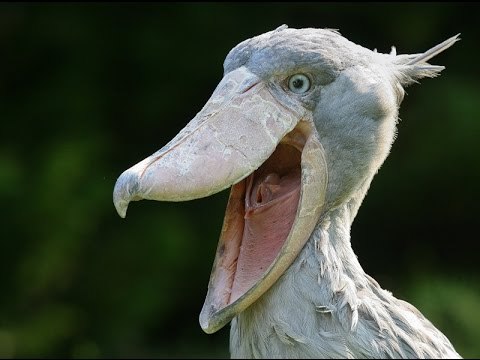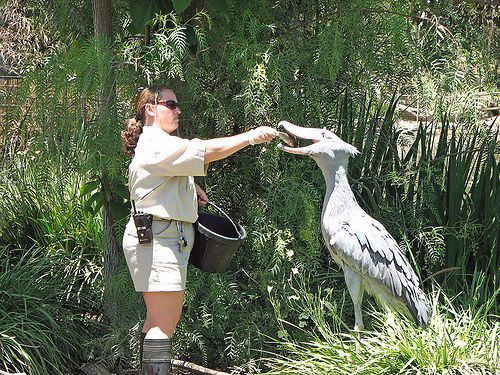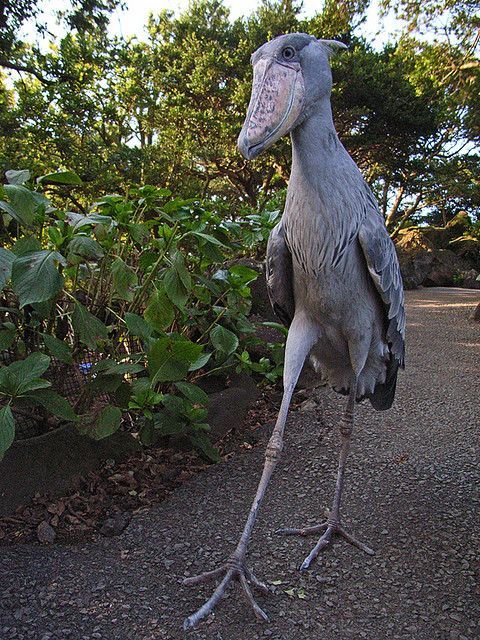
A spec project about a harsh and ever changing planet, and about how the sapient creatures both adjust to the uncertain world around them and to each other
13 posts
MAYA 1b:
MAYA 1b:
Updated Perissopod Body Plans
Here are the new ones

Vs the old ones

The old ones looked a bit samey not really justifying why I was calling them "classes" so I decided to make the body plans of each class more distinct
Since they come from a squid-like ancestor with a radially symmetric body I've made it so that you can gradually see it transition to being more bilateral
Also a few changes to their general anatomy but I'll post updated ref sheets some time later
-
 mysticalbasketballpeanutpatrol liked this · 1 year ago
mysticalbasketballpeanutpatrol liked this · 1 year ago -
 salmonofwisdom liked this · 1 year ago
salmonofwisdom liked this · 1 year ago -
 wtrotsky-blog liked this · 1 year ago
wtrotsky-blog liked this · 1 year ago -
 whimsical-lore liked this · 1 year ago
whimsical-lore liked this · 1 year ago -
 hutchesonian reblogged this · 1 year ago
hutchesonian reblogged this · 1 year ago -
 ya-boy-yu reblogged this · 1 year ago
ya-boy-yu reblogged this · 1 year ago -
 ya-boy-yu liked this · 1 year ago
ya-boy-yu liked this · 1 year ago -
 spiffyspidr liked this · 1 year ago
spiffyspidr liked this · 1 year ago -
 prismaticmint liked this · 1 year ago
prismaticmint liked this · 1 year ago -
 endlessly-worldbuilding reblogged this · 1 year ago
endlessly-worldbuilding reblogged this · 1 year ago -
 auroraborus liked this · 1 year ago
auroraborus liked this · 1 year ago -
 alpha-khimera liked this · 1 year ago
alpha-khimera liked this · 1 year ago -
 asterotyto liked this · 1 year ago
asterotyto liked this · 1 year ago
More Posts from Maya-1b

Two Brother Lepiraptors (Butterfly-Hawks) out on a hunt
Some concepts of "trees"on Maya1b

Essentially, all "trees" on this world are structures formed by symbiotic association between algae and a mass of colonial organisms, which has the added benefit of giving them a lot of these "plants" (especially smaller ones) nifty mixotrophic mode of nutrition, a trait pretty beneficial in the ever changing climate of this world
In essence this means, if things get really tough, the "plants" may in fact start becoming mobile and actively start hunting animals, blurring the lines between what constitutes a plant or not
How much of this behavior a plant shows varies from time to time & species to species
Oh this is how they're coloured btw

There's also a whole other story about their reproduction which is modelled after cnidarians and mosses buuuut thats a story for another time
Spec Evo Project: Maya 1b
Part 1: The Sophonts
Some background Info:
My spec evo world Maya 1b or Halahal, it's a planet a bit smaller than earth but with a much higher eccentricity and axial tilt than ours that leads to a relatively cold, dry world with extreme seasonal shifts, this project is about exploring how the biology of the creatures and subsequently the culture of the sophont species would work in such an environment
Enough about the world, here we go

These guys are my main sophont species, one that I've tentatively named "Butterfly Hawks", part of the Artiopoditheria (transl. Even-Legged Beast) phylum that contains creatures having 12,6 or 2 legs
The Butterfly-Hawks are a group of dodecapods that have developed powered flight and hunt in packs among the grassy plains of their planet and are starting to display the first signs of sapience
Alright onto anatomy
1) Eyestalks
They possess one pair of retractable eyestalks on the anterior part of the head covered in "fuzz" that serve the fuction of both mechanoreceptors and to protect the eyes
This feature grants them a wide range of vision, a characteristic of their phylum
The head is a bit smaller than pictured here, the fuzz accounts for about 40℅ of its size
2) Antennae
Instead of an ear, they have four feathery antennae-like structures present near the eye stalks
These mainly serve the function of mechanoreceptors, picking up vibrations, auditory & pheromone signals and could be moved around and adjusted like the pinnae of cats or dogs
The antennae are also moved around to help communicate with other members of the species
They are mainly dark in colour covered with spot like designs to facilitate communication by making the it easier to identify and read the movements
3) Feeding Appendages
All Artiopods possess a pair of feeding appendages to capture and ensnare prey and which also often aid in defense often situated above or surrounding the opening to the proboscis
The Butterfly-Hawks possess quite a robust pair of feeding appendages with long inward curved spikes(not pictured here) to quickly kill and tear apart prey
As past of the body it is also covered with picnofibres to help insulate the body
4) Forewings
The first pair of limbs in hexapods is modified to form the first wing in Butterfly-Hawks and their relatives
These are the secondary wings and are slightly rounded to help steer and maneuver the body while flying
Each wing also possesses three fingers
Thus, when not flying, the fore wings are also used to grasp and to manipulate tools
The fore wings surround the opening to the proboscis and also sometimes help in further breaking down food to "swallow"
5) Midwings
The midwings are formed by the fusion of the 2nd, 3rd & the 4th pair of limbs in the dodecapods, three fingers curl inwards to form the wing and the other three are used for griping and standing when not in flight
These are the primary set of wings, broad, muscular and used to generate flight
The Butterfly-Hawks have an average wingspan of about 7 feet
These wings possess an splotchy pattern that is dark at the extremities and yellow or whitish near the centre
This splotchy pattern helps members of a pack to identify one another like seen in the multicolored coats of Painted dogs, and like human fingerprints the pattern on each Butterfly-Hawk is specific to that individual only
6) Hindwings
The hindwings are formed by fusion of the 5th & 6th pair of limbs in dodecapods
Longer and pointer in shape than the forewings this set of secondary wings play a greater part in balancing and steering analogous to the tails of earth birds
While similar in function to bird tails, they have a greater range of mobility and could be unfurled and adjusted to make flight easier
The hindwings are held up in most situations while flying or walking as the large midwings provide a stable enough surface but the could be extended down to provide extra stability to the body while perching or walking
7) Spiracles
Butterfly-Hawks like other artiopods, possess two pairs of spiracles in the upper side of their body, one pair near the forewings and the other near the hindwings
Work alternatively to inhale and exhale air
As such the respiratory system of all Artiopods is distinct from the digestive system making it a more efficient method of respiration than the one humans possess
Aaaaaand we're done for now
This was a very general overview of the physiology of the Butterfly-Hawks, the next part I'll probably upload will shown the other major phylum on this planet, the Perissopoditheria (or the Odd-Legged Beast) in the meantime enjoy this Butterfly-Hawk sitting and thanks for reading

MAYA 1b:
The Planet

The planet that the aliens in this project inhabit is an Uncapped Cryoplanet, it could be understood as an inversion of Earth, a Capped Aquaplanet ie ice on its poles and oceans in the middle
Therefore an Uncapped Cryoplanet has ice along it's equator and frost free oceans & "jungles" at the poles
Such an arrangement is a result of mainly 3 things:
Obliquity: Beyond 54° of axial tilt, the poles receive greater solar input than the equators, Maya 1b has an axial tilt of 70°, such a extreme tilt leads to the formation of permanent ice sheets around the equator
Rotation Rate: The planets rotates slightly faster than Earth (average day around ~ 20 hrs) , which causes a more oblong shape, with higher elevations at the equator and the poles closer to the crust
Continents: The continental arrangement is such that multiple long mountain chains exist along the equator further leading to ice formation
All these things combined together give rise to the odd arrangement of this world
The planet also has much higher eccentricity than Earth, which gives it a more elliptical orbit, that combined with the high axial tilt leads to some extreme seasonal variation across the year
Given the geography of Maya 1b, sophont groups from both Perissopodithera & Artiopodithera evolved separately and independent of one another, each pole is it's own unique biosphere, for long, each pole wasn't even aware of the other's existence and the unique life that it hosted but that would change soon when two brothers venture out from the North Pole to the South, changing the course of history and initiating contact between the two biospheres & their inhabitants......for better or worse
who knew these jurassic park rejects could be cute
People describe shoebill storks as being scary or ugly birds and always use one image to make their point. When in every other photo they look like this







More like shoebill dork